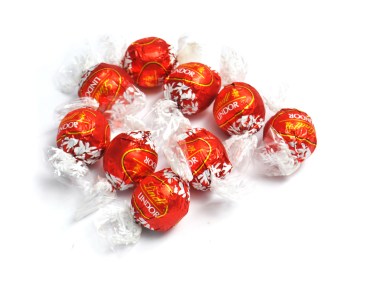This book covers the period 1878-2000, offering thought provoking commentary on some 120 years of experiments in being modern, and begins with the famous court case after John Ruskin accused James Whistler of ‘flinging a pot of paint in the public’s face’. But Michael Bird does not limit his perspective to a single artist or cause per chapter. Part of the deep appeal of his writing is the range of reference across literature and art, bringing in key historical events where appropriate. He does a superb job of connecting and deftly summoning context, always seeking to illuminate the larger picture. And he stitches apt quotation through the text, returning to certain sources again and again for added effect, Henry James and Walter Sickert being just two.
Bird marshals his material elegantly and tellingly in very visual writing which nicely balances the play of ideas. There’s a memorably precise description of a Gwen John painting, for instance; and here he is on Art Nouveau:
Its defining features – seen in building façades and teapots, haute couture and cheap costume jewellery – were sinuous lines and clearly defined shapes, with a top note of erotic reverie, in which the curves and motions of young female bodies and growing plants echoed each other in a kind of mutual visual ventriloquism.
The ostensible subject of his fifth chapter is ‘Manet and the Post-Impressionists’, referring to the two exhibitions in 1910 and 1912 that changed the face of modern British art, organised by Roger Fry. Bird usefully puts Fry in context as the former director of the Metropolitan Museum in New York buying up pictures in Europe. This gave him a taste for the ‘power to influence’, hence his new career as exhibition organiser. But Bird doesn’t let the story rest there, pointing out that the supposedly revolutionary art shown in Fry’s exhibitions was already outdated, and Marinetti’s Futurism was much more of the moment.








Comments
Join the debate for just £1 a month
Be part of the conversation with other Spectator readers by getting your first three months for £3.
UNLOCK ACCESS Just £1 a monthAlready a subscriber? Log in